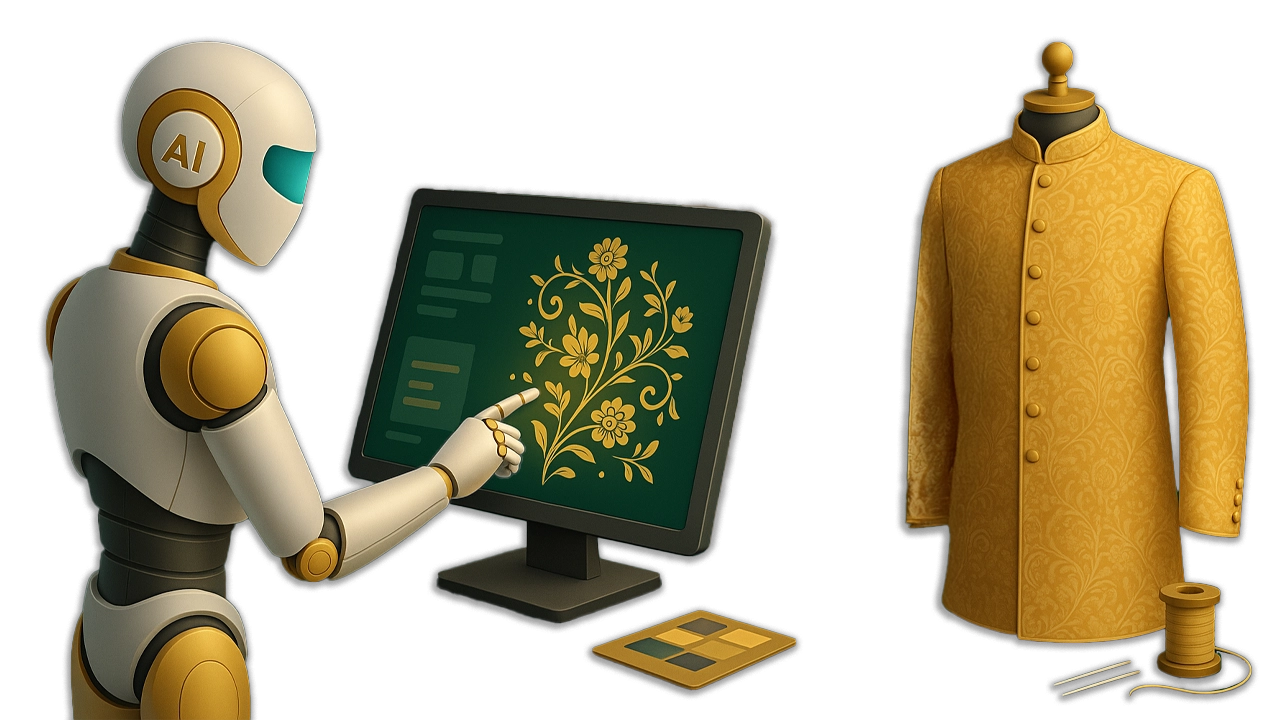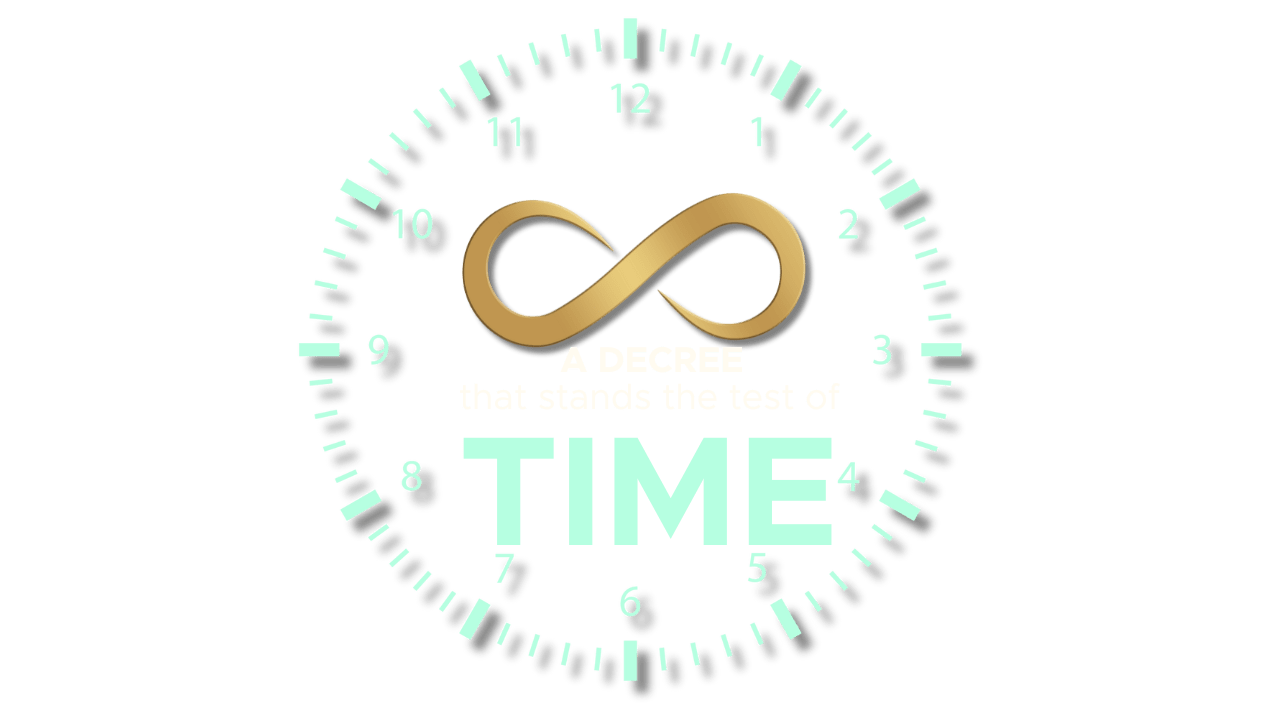In the dynamic and vibrant realm of Indian fashion, a quiet revolution is unfolding, stitched not with needle and thread, but with lines of code. As designers embrace generative AI, a powerful new muse that can conjure patterns, predict trends, and streamline entire collections the creative landscape is changing at a breathtaking pace. But as this digital collaborator becomes an essential part of the atelier, a new and complex question takes center stage: In this age of algorithmic artistry, who truly owns the copyright? While global jurisdictions are locked in debate, India’s unique legal framework offers a fascinating and intricate perspective, setting the stage for a critical discussion that will define the future of fashion.
AI vs. Human: The Copyright Debate in Indian Fashion
The crux of this modern dilemma is the very essence of authorship. In India, the Copyright Act, 1957, steadfastly requires an author to be a human or a legal entity. This is where the path diverges from jurisdictions like the UK, which recognizes “computer-generated works” and vests authorship in the person who orchestrated the creation. India’s legal landscape, lacking a similar provision, currently withholds copyright protection from works that are purely the product of an AI, created without any significant human creative input.
In the journey to create a protected, original work, a designer’s demonstration of human skill and judgment is the ultimate key. If an AI is simply given a generic prompt like “create a floral pattern” and the resulting image is used as-is, it is unlikely to meet this legal threshold. However, a more nuanced and legally sound approach involves the designer treating AI as a powerful digital tool not a replacement for their own creative spark. By using the AI to explore a myriad of possibilities, then thoughtfully selecting, editing, and refining the output with their own distinct vision, the final design is far more likely to be considered a human creation, deserving of copyright. This process re-frames the conversation: it’s not about AI replacing the designer, but about the designer wielding AI as a new and sophisticated paintbrush, blending technology with traditional creative genius to push the boundaries of what is possible.
Protecting Fashion in the AI Era: The Role of the Designs Act, 2000
While the Copyright Act safeguards artistic works like sketches and illustrations, the primary legal shield for commercial fashion designs in India is the Designs Act, 2000. This act protects the unique aesthetic features of a product like its shape, pattern, and ornamentation provided they are new and original.
For a commercially produced design, the Designs Act provides robust protection for an initial period of 10 years, which can be extended. A critical point of intersection with copyright law exists here: once a design is registered under the Designs Act, it loses its copyright protection as an “artistic work” if more than 50 copies are made through an industrial process. Therefore, an Indian designer leveraging AI to create patterns or garments should prioritise registering their commercially manufactured designs under the Designs Act to secure strong protection against piracy and imitation.
The Text and Data Mining Challenge
A major legal hurdle for India’s creative industries lies in the realm of text and data mining (TDM). Generative AI models are built on vast datasets, many of which contain copyrighted works. While the EU’s proactive Copyright Directive provides a clear framework allowing TDM for scientific research but mandating licenses for commercial use India’s legal system is less defined.
The Indian Copyright Act, 1957, lacks a specific provision for TDM, leaving the practice in a legal grey area.The only potential exception, “fair dealing,” is narrowly interpreted and generally applies to uses like private study or criticism, not the large-scale commercial training of AI. This suggests that AI developers could be infringing on copyright by using protected materials without proper permission. This legal uncertainty creates a ripple effect, potentially impacting designers who rely on these AI tools, as the legality of the underlying training data could be challenged.
Key Case Law: ANI Media (P) Ltd. v. OpenAI Inc.
While not directly about AI-generated art, this ongoing case is a significant legal dispute over copyright and AI in India. ANI Media (Asian News International) filed a lawsuit against OpenAI, the creator of ChatGPT, alleging that its large language models used ANI’s copyrighted news content for training purposes without a license or consent. The lawsuit invokes Sections 51 and 55 of the Indian Copyright Act, 1957, arguing that using copyrighted material to train AI models constitutes infringement, even if the final output doesn’t directly reproduce the original content. This case highlights a critical legal grey area in India concerning text and data mining and the legality of using copyrighted data to train AI models
Global Comparison of Legal Frameworks in the US, UK, and India
United Kingdom (UK): The UK’s Copyright, Designs and Patents Act (CDPA) of 1988 is unique in its explicit recognition of “computer-generated works.” This law designates the person who “made the necessary arrangements” for the creation of the work as the author, offering a clear path to copyright for AI-generated works that lack human creative input. This framework, however, applies to works with no human author, a distinction that is becoming less clear with the rise of AI-assisted creation.
United States (US): The US Copyright Office and its courts take a firm stance on human authorship. Works created purely by AI are not eligible for copyright. However, a work created with the assistance of AI can be copyrighted, but only to the extent that a human can be identified as the creative force. Simple prompts are not considered sufficient to establish authorship; there must be significant human creative input through selection, arrangement, or modification of the AI’s output.
India: India’s Copyright Act, 1957, mirrors the US in its requirement for a human author, but lacks the specific provision for “computer-generated works” found in the UK. This creates a legal grey area where the AI itself cannot be the author. For a fashion design to be protected, a human designer must demonstrate a “modicum of creativity” and exercise “skill and judgment” in using the AI as a tool, much like a paintbrush. The legality of using copyrighted data to train AI models is also a legal grey area in India, which presents a significant challenge for designers and AI developers alike.
Conclusion
As the use of generative AI in fashion design continues to grow, it is essential for Indian designers to navigate this complex legal landscape with caution. The key takeaway is that for a design to be protected by copyright, there must be a demonstrable human creative input. When a design is intended for commercial production, registering it under the Designs Act, 2000, offers the most comprehensive protection. While there are calls from the Indian legal community to amend the Copyright Act to specifically address AI-generated works, the current legal framework requires a human to be at the helm of the creative process. As the law catches up to the technology, designers should meticulously document their creative contributions and the role of the AI as a tool, not an independent creator, to ensure their valuable intellectual property is protected.
Expositor(s): Adv. Archana Shukla






